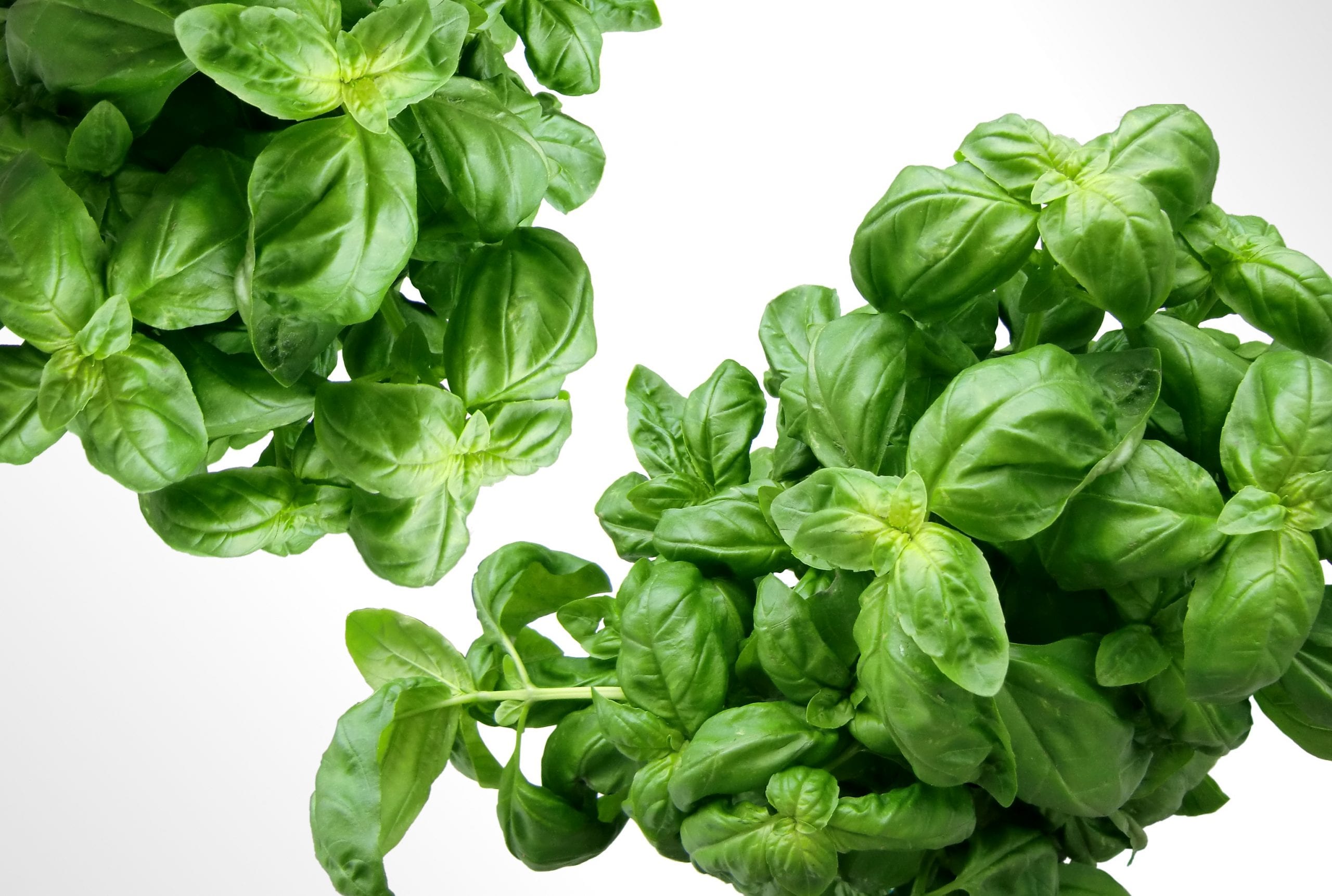This post is over three years old, the information may be outdated.
by Jenna Verhoeven
When I was growing up, ‘going green’ meant that you sorted your trash and took your recycling to the depot yourself. After that, “going green” meant switching to unleaded petrol, then no longer using CFCs. This then led to buying “green bags” with your weekly shopping at Coles or Woolies.
Going green, for so many people, has the connotation of helping and healing the planet; but what about ‘going green’ for your body? I often wish that people were as careful and selective about what they were putting IN their recyclable and reusable ‘green bags’, as they were in remembering and using these bags. Being a uni student comes with many challenges that may make ‘going green’ difficult. For some of us, we may have limited kitchen facilities, while for others, it may be time or financial constraints.
Here is the lowdown of why, and most importantly how, you can ‘go green’.
“Because they’re good for you”
I’m sure many ears heard this one growing up, usually in response to “why do I have to eat my peas and broccoli?”. Well, I hate to sound like your mum, but green vegies ARE good for you. Here are a handful of reasons you should have a handful of greens every day. Most greens are also an excellent source of fibre, magnesium, folate and calcium.
A bitter pill to swallow?
We are a generation and nation of people who don’t eat enough bitter foods. Other cultures traditionally serve bitter vegetables or teas as part of a meal to aid in digestion. Bitter foods, such as dandelion leaves or mustard greens, help to stimulate the production of bile. Bile is essential in digestion; it helps to break down fats and aids in accessing fat soluble vitamins.
Searching for the holy kale?
The age-old (well, at least since the start of the Noughties) debate: Kale or Spinach? It appears everyone wants to know which is better for them. Should you be putting spinach in your smoothies, or kale?
Fret not, when you break down the nutrient content of both spinach and kale, there is no clear stand-out winner. Whilst kale, per 100g, has higher fibre, calcium, and vitamin C levels, spinach fights back with higher iron, magnesium, and folate levels per 100g serve. My simple answer: two varieties of greens are better than one, and either type is better than none.
It’s not easy being green
To quote the wise Kermit the Frog, sometimes it feels really hard to bump up the green veggie tally in our meals, especially if you have Green Lachanophobia (fear of green vegetables!). So you’re ready to boost your daily greens, but the idea of a big bowl of steamed spinach for breakfast isn’t inspiring you? Here are a few ideas to help boost your greens, or to aid in sneaking them into someone else’s meals!
- Zoodles – zucchini noodles. I was given a spiraliser for Christmas, and thought it would go straight to the back of the utensil drawer – how wrong I was! Zoodles taste great with a yummy bolognaise sauce, or even an Asian-inspired stir-fry.
- Smoothies – scared to dive into the deep end with a spinach / kale / celery / mint combo? Never fear, adding a handful of baby spinach or kale to your berry and banana smoothie can help you level up in your smoothie game.
- Salad spin – are you an iceberg lettuce muncher? Mix up your salad greens and boost the benefits. Try rocket, dandelion greens, watercress, or even a big handful of fresh herbs as the green base with your next salad.
- Meaningful mince – finely grating zucchini or shredding spinach in spaghetti bol, cottage pies, or even taco mince.










